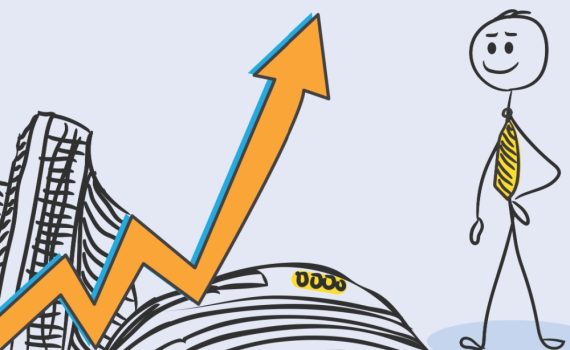Chair Powell has managed to stay on message about remaining cautious ahead of the potential effects of tariffs and resisted getting sucked into partisan politics. Since nothing he wrote or later said was particularly market-moving, equity traders could resume buying.
Interactive Brokers Traders Insight
It is difficult to view political developments in an apolitical manner, but I’ve learned the hard way that one’s political opinions can all-too-easily cloud objective judgments about investing.
The increasingly confrontational developments related to cross-border commerce have pushed all major equity benchmarks and sectors into the red, as well as the greenback.
Stocks are climbing up again as this morning’s lighter-than-expected CPI print bolsters spirits following yesterday’s optimism sparked by tariff reprieves between Beijing and Washington.
April has been a struggle for the UK, with the country’s PMI Composite Index falling from 51.5 in the preceding month to 48.2. But even with dour consumer sentiment and a softening job market, UK growth could surprise to the upside.
The situation remains fluid, and volatility can work in either direction. But if you’re expecting the cavalry to ride in to save the markets from themselves, don’t.
If the tariff news is generally good, then it’s a reason for optimism. If the adjustments turn out to be less meaningful, that can be overlooked if it means that the administration is willing to offer periodic bullish tidbits to the market.
Traders are picking up the risk-off playbook in response to Washington implementing levies on products from Canada, China and Mexico.
The markets remain supported by strong fundamentals, such as growing earnings, sturdy consumer spending, a healthy labor market and cooperative inflation. Given the economic momentum, Fed Chair Powell indicated that the central bank is in no hurry to lower interest rates further.
If an upstart developer can create an open-source platform that requires far less hardware to be productive, then it has the potential to puncture the expected demand for the type of chips needed.
The situation says much more about that specific business than the overall market, and that the days of attracting attention to one’s short bets are behind us.
The whole Y2K problem stemmed from an issue that now seems anachronistic, but its market implications were felt for some time.











